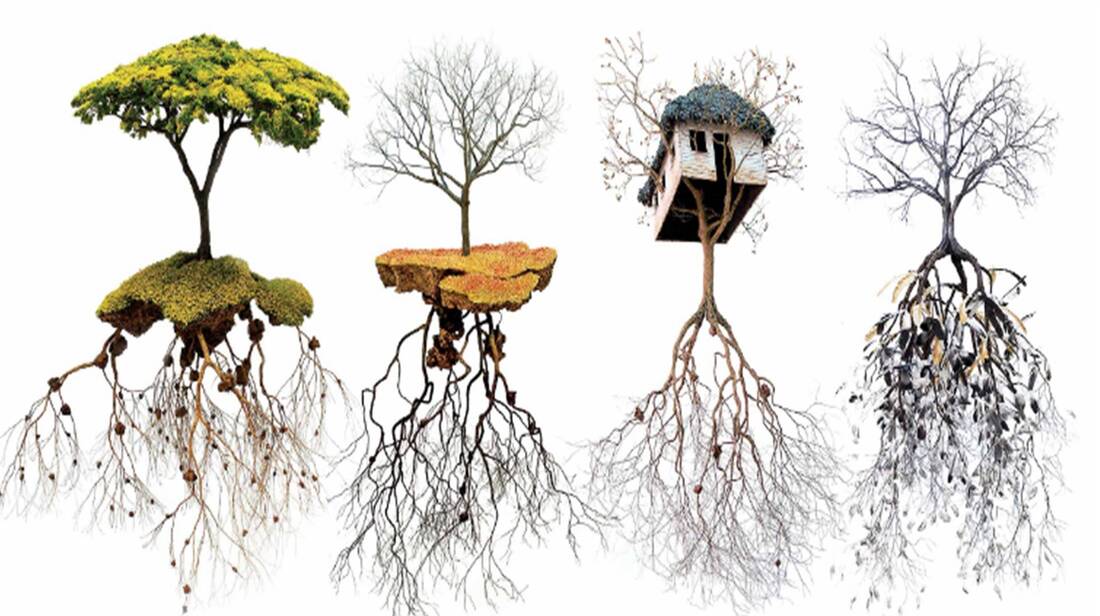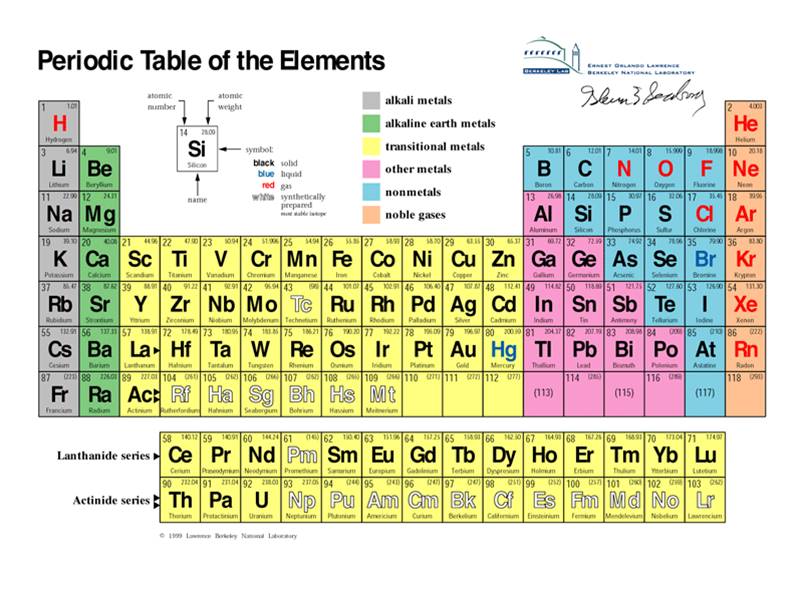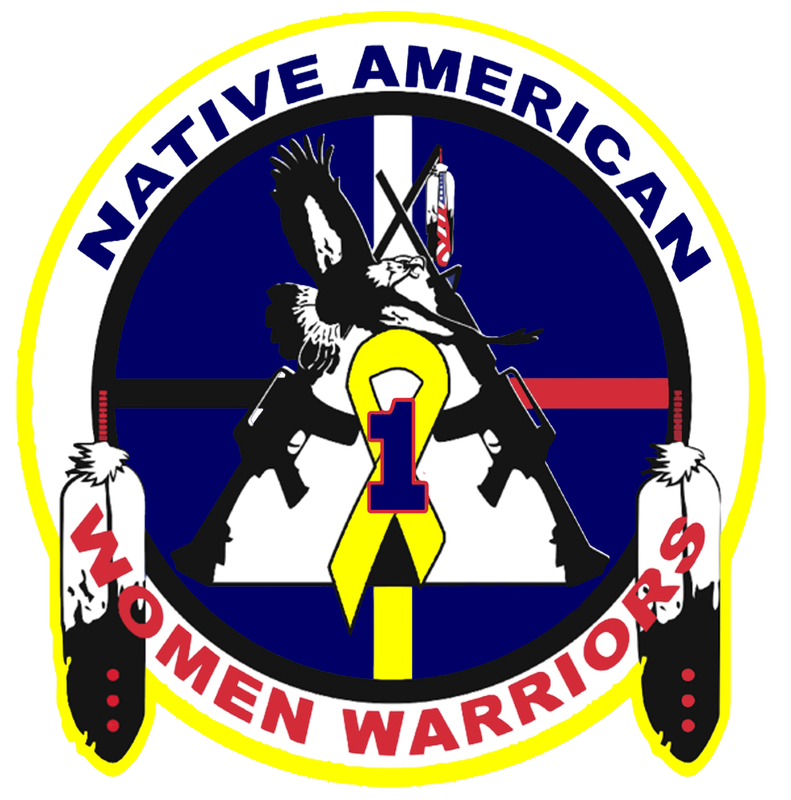(Short Version) Uprooted. The 1950s Plan to Erase Indian CountryBy American Public Media (2019) In the 1950s, the United States came up with a plan to solve what it called the "Indian Problem." It would assimilate Native Americans by moving them to cities and eliminating reservations. The 20-year campaign failed to erase Native Americans, but its effects on Indian Country are still felt today.  In the 1950s, the United States came up with a plan to solve what it called the "Indian Problem." It would assimilate Native Americans by moving them to cities and eliminating reservations. The 20-year campaign failed to erase Native Americans, but its effects on Indian Country are still felt today. (Image borrowed from the Harvard Business Review "Build a Family Business That Lasts") https://hbr.org/2021/01/build-a-family-business-that-lasts In the summer of 1964, Charlotte and Clyde Day and six of their children boarded a train in northern Minnesota bound for Cleveland. Except for Clyde, none of them had been on a train before. They'd never been to a big city, either. They wore their nicest clothes, and carried everything they owned in a few suitcases. They might have looked like they were going on vacation, but they were moving for good, leaving behind the place their family had lived for generations. Sharon Day was 12, the oldest of the kids going along. She remembers the trip being a luxurious and grand adventure. Not all the kids were so excited. Her sister Cheryl was terrified. When they changed trains in Chicago, the station was the busiest place they had ever been. "It was huge," Sharon said. "And there were so many people and bustling and going and the lights and the food. We'd never eaten dinner in a restaurant. And my dad was very clear with us, 'Do not go out of our sight.'" ... Work Cited https://www.apmreports.org/episode/2019/11/01/uprooted-the-1950s-plan-to-erase-indian-country https://hbr.org/2021/01/build-a-family-business-that-lasts ... analysis of Tommy Orange's There ThereIn 1869, scientists began to see that everything actually does comes from something that already exists, which means everything comes from something that existed before.
"The creator of the periodic table, Dmitri Mendeleev, in 1869 began collecting and sorting known properties of elements, like he was playing a game, while traveling by train. He noticed that there were groups of elements that exhibited similar properties, but he also noticed that there were plenty of exceptions to the emerging patterns," according to the National Institute of Health's website. Works Citied: https://pubchem.ncbi.nlm.nih.gov/periodic-table/ https://www.chem.purdue.edu/academic_programs/resource-room/periodictable.html Orange, Tommy. "Prologue." There There. Alfred A. Knopf, 2018. 11. |
Discussions, Journals, Articles and ReportsThis page plants truths to help root out and kill outright lies, and lies of omission, taught about American Indians, Alaska Natives and Native Hawaiians. Categories
All
|
|
Special Thanks
Best Friend Forever Angie Ford Advisor, American Indian Literature Dr. Zachary Laminack, Ph.D. UNCP, Assistant Professor of English Dept. of English, Theatre, and World Languages Advisor, American Indian Studies Dr. Jane Melinda Haladay, Ph.D. UNCP, Professor Dept. of American Indian Studies Dept. Chair, American Indian Studies Dr. Mary Ann Jacobs, (Lumbee), Ph.D. UNCP, Dept. Chair and Professor, American Indian Studies |
Produced by
University of North Carolina at Pembroke Students as an American Indian Studies Student Project by Best Friends Rene' Locklear White (Lumbee) and Angie Ford This Website Contains Mature Subject Matter that Every American and the World Should Know Updated 2025 |
|
Web Hosting by iPage Sanctuary on the Trail™ P.O. Box 123 Bluemont VA 20135 www.SanctuaryontheTrail.org
Hosted by Rene Locklear White www.HarvestGathering.org www.NativeFoodTrail.org www.NewTribeRising.org |


 RSS Feed
RSS Feed

